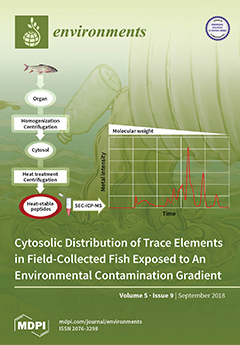Climate-induced drought hazard has been emerging as one of the major challenges in the mid-hill farming system and rural livelihood in Nepal. Drought stress, in combination with century-long socio-political issues such as unequal social structure, gender discrimination, and marginalization of poor and disadvantaged
[...] Read more.
Climate-induced drought hazard has been emerging as one of the major challenges in the mid-hill farming system and rural livelihood in Nepal. Drought stress, in combination with century-long socio-political issues such as unequal social structure, gender discrimination, and marginalization of poor and disadvantaged groups have made smallholders more vulnerable in society. Climate changes are exacerbating issues within an already vulnerable society. Therefore, a review study on the impact of drought on the rain-fed hill farming system, and the potential adaptation measures, was carried out in the mid-hill region of western Nepal. Both agricultural impacts such as depletion of traditional varieties of crops, crop-specific diseases, low production, lack of water for irrigation; and non-agricultural impacts such as changing rural livelihood patterns, and social conflict due to agriculture and water issues were identified as major impacts. Some of the agricultural adaptation measures
viz. the promotion of climate smart agriculture practices, crop diversification, and agroforestry practices seem to have been more effective in the region. At the same time, small-scale structural water harvesting measures, for instance, rainwater harvesting, conservation ponds, and irrigation channels, drip water irrigation, and an early warning system for drought events could also be an advantage in this context. Nonetheless, there are several adaptation barriers including ecological and physical constraints, human and information resource-shortages, and social barriers to adaptation. Therefore, local site-specific adaptation measures should be developed, and implemented, to increase the adaptive capacity of smallholders, and enhance the farming system in the face of the climate-induced drought scenario.
Full article





